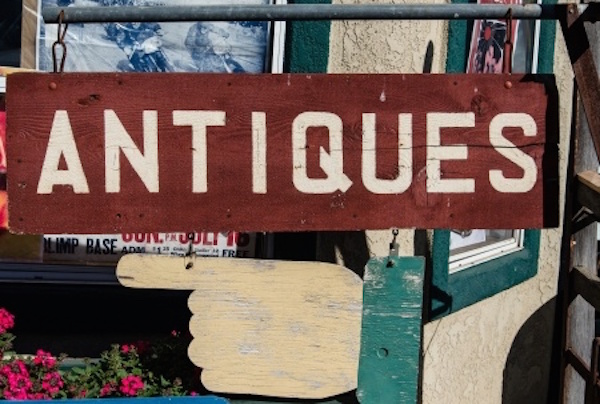Purchasing habits and personal taste have changed drastically in recent years. Members of the Greatest Generation were collectors, and Baby Boomers loved to buy things as status symbols and trophies. Now, Gen X and Millennials are living much less formal lives and therefore are not interested in most of the personal property that was once valued and cherished by their parents and grandparents. For the first time in history, we have a generation that doesn’t want the assets that family members are offering them.
Older generations looking to downsize and sell some of their furniture, antiques, art, collectables, and other personal property are now finding that there is little demand for their cherished items. When grandparents and parents do their estate planning, they are frequently disappointed to discover that their children and grandchildren do not want possessions they had planned to pass to them, and additionally, that it may be very hard to realize meaningful value for those possessions.
Understandably, most people become upset when they find out that an antique they bought for $10,000 a number of years ago is now worth a fraction of that amount due to generational changes in the desirability of owning antiques. In addition to loss of market value, it can be very hurtful to find out that heirs have no interest in their prized personal property.
So how might one approach a situation where an estate is worth far less than an individual expects once an appraisal is completed, or when heirs have no interest in the property you are leaving to them? According to Partner Adam Gaslowitz, the best remedy for such a situation may be this:
“Get the family together in advance and see what the children actually want and care about, regardless of value, and then make some plans for that, realizing that the family is not going to receive what they expect as full dollar value for those things that are not going to be taken by family members.”
Partner Robert Port also makes a similar recommendation:
“What I often recommend to clients, especially older clients whose children are adults, is to have a family discussion about personal property and get it out on the table. And if there’s going to be some grumbling, let the children grumble in front of you and then resolve it and try to make everybody happy. It is often best that you address those issues now, rather than leave the family to argue about it after you have passed.”
In addition to having open discussions about personal property, it is also very important to make sure your items are covered by adequate insurance, and to have the property regularly appraised for its current fair market value. Much of the misunderstanding surrounding the value of personal property comes from outdated or incorrect appraisals performed for insurance purposes. The value of items such as antiques and artwork can significantly appreciate or depreciate over time. Having your items regularly appraised is a way of managing family expectations for what may pass to family members after a loved one dies, allowing for the heirs to formulate a fair distribution based on accurate valuations.
When considering what is a “fair distribution” it is useful to remember that what might be viewed as “fair” is sometimes not the same as an equal distribution of value among heirs. For example, one sibling could place much greater value on sentimental items such as photographs, where another may want jewelry or artwork. Again, this is there the importance of pre-planning is critical. If distribution of assets isn’t decided in advance, it often falls upon a trusted relative, the estate Executor, the family CPA, or debates between heirs attorney to decide who gets which assets, a situation that may leave everyone unhappy with the outcome.
If sentimental items such as photographs or family paintings are in dispute, modern technology can provide solutions, such as scanning the original and creating and distributing high-quality reproductions. However, for items with high monetary value, or one-of-a-kind items that cannot be easily replicated, the only way to reduce the risk of arguing, disappointment and potential litigation is to have an open discussion with heirs, and regular appraisals of the property. The goal is to attempt to identify and resolve distribution and valuation issues before heirs and beneficiaries are left property which they may not want and/or view as less valuable than items left to others.
Should a dispute or disagreement over personal property lead to threatened or actual litigation, our attorneys are highly experienced in resolving these conflicts, either through negotiation, mediation, or if necessary, zealous advocacy in litigation. If you’d like more information about how we can help, contact us today.
*If you’d like to learn more about the issues surrounding, art, furniture, antiques, and other personal property in estate planning, we recently discussed this subject with both a fine art appraiser and an estate planning attorney on our radio show, Wealth Matters. You can listen to the podcast here or watch the video on our YouTube channel.






